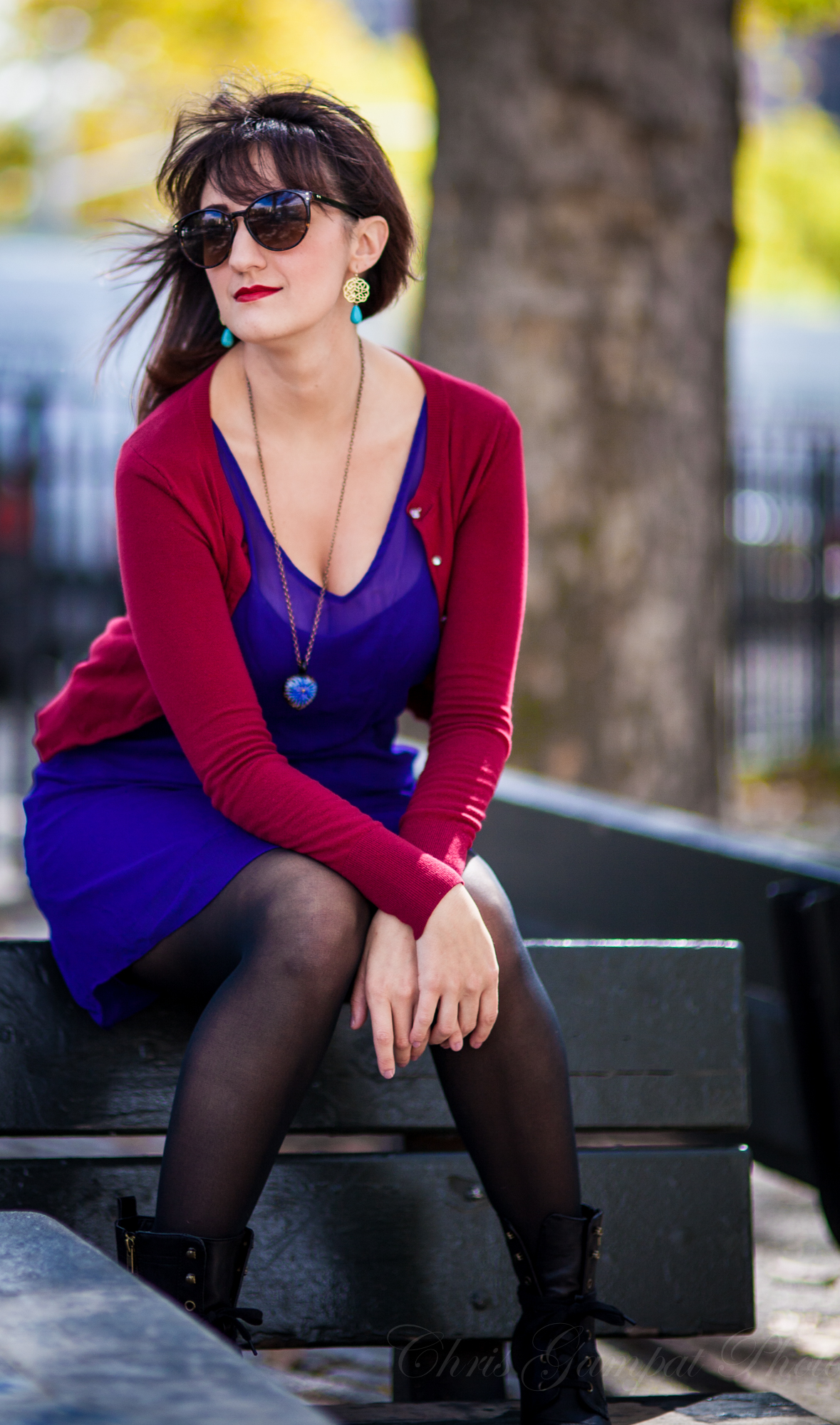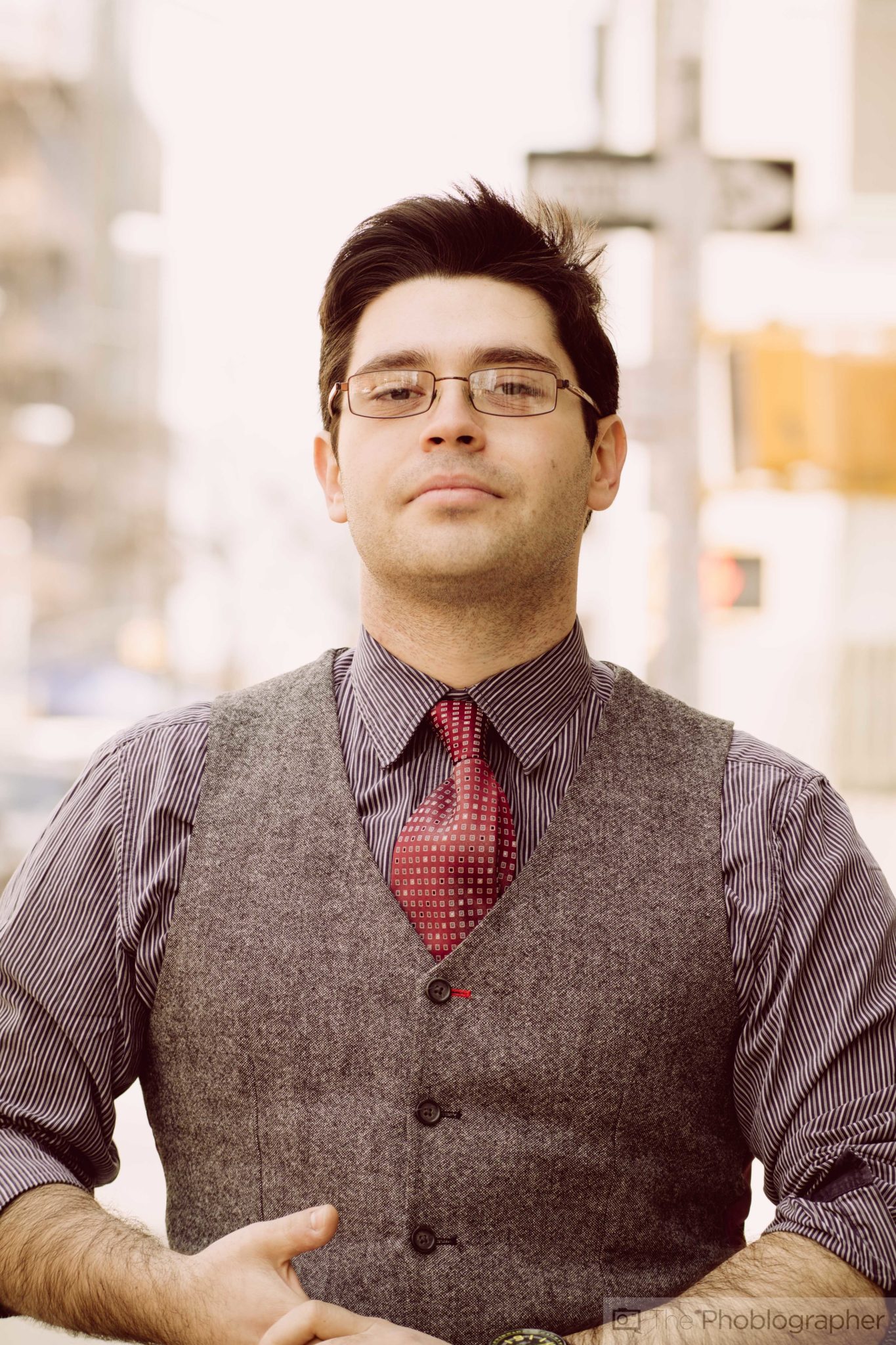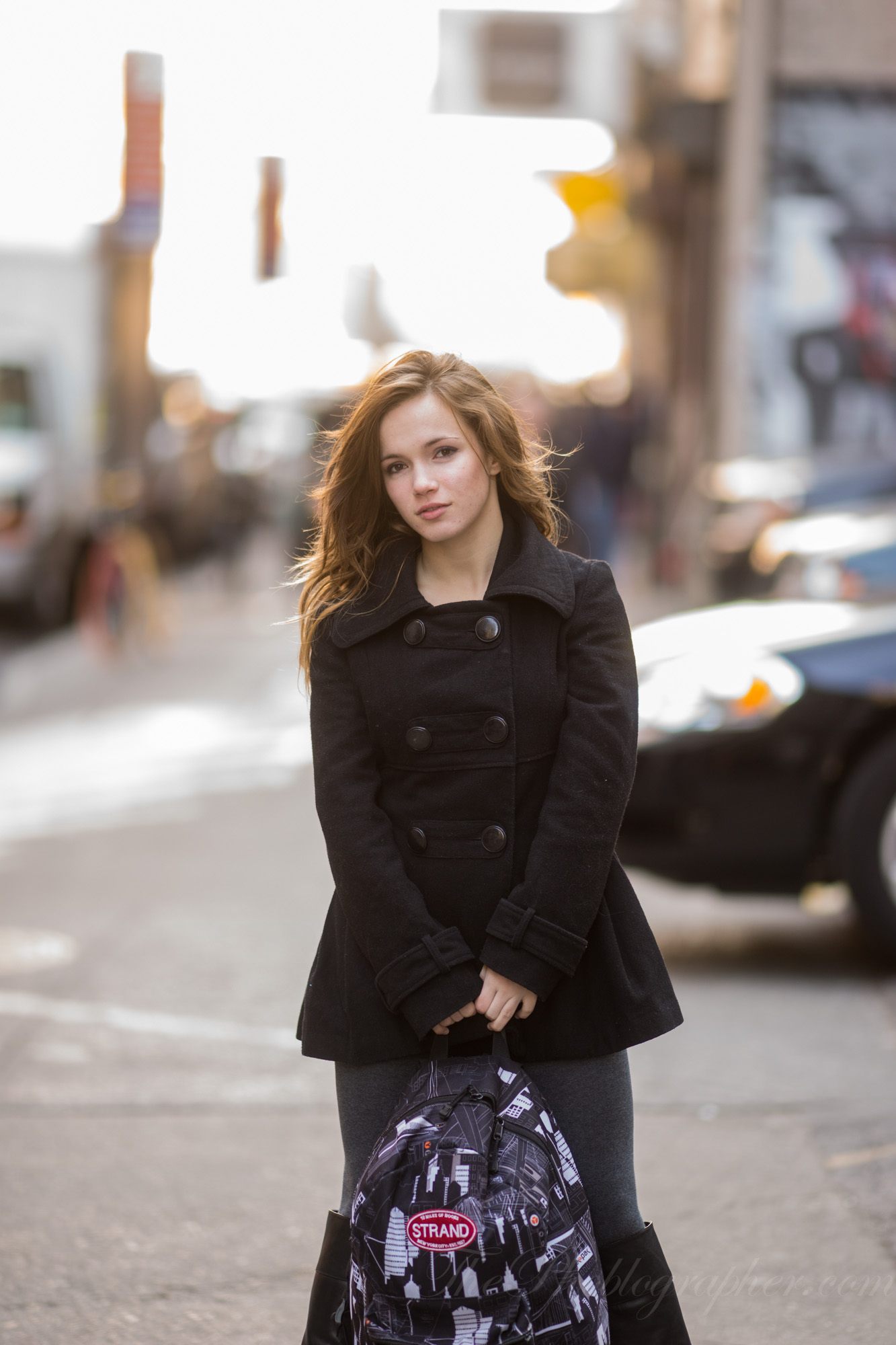If you’re an event photographer, wedding photographer, or work with people that aren’t models at all, you’ll realize that the majority of people don’t know how to pose themselves except for when they take selfies. Instead, people will rely on you to do the work. The real truth though is that you’re not completely responsible for the perfect photo and instead the process of posing someone for a portrait is a collaborative process. You’ll be leading, and in that case you should have a better idea of how to pose people.
Here is a step-by-step process on how to pose someone.
Have them stand straight at you unencumbered by bags or weight
This is the first step to take before you begin posing them. Because everyone’s anatomy is different, you’ll use this time to make careful observations about their body and how they will render on camera.
Carefully observe their higher shoulder
Pretty much everyone has a higher shoulder. The higher shoulder will need to be moved back slightly to equalize the way that they look in a photo. If you don’t do this, the shoulders will appear uneven and unflattering.
Look at their chin and neck, note the shapes
Some chins are longer, and some are shorter, while others are narrower and some wider. Beyond this, look at how much loose skin is under their neck or how puffy the neck is. This will determine how far their head is placed forward. To make someone look thinner, have them bring their jaw forward.
Note Their Weight in the Core
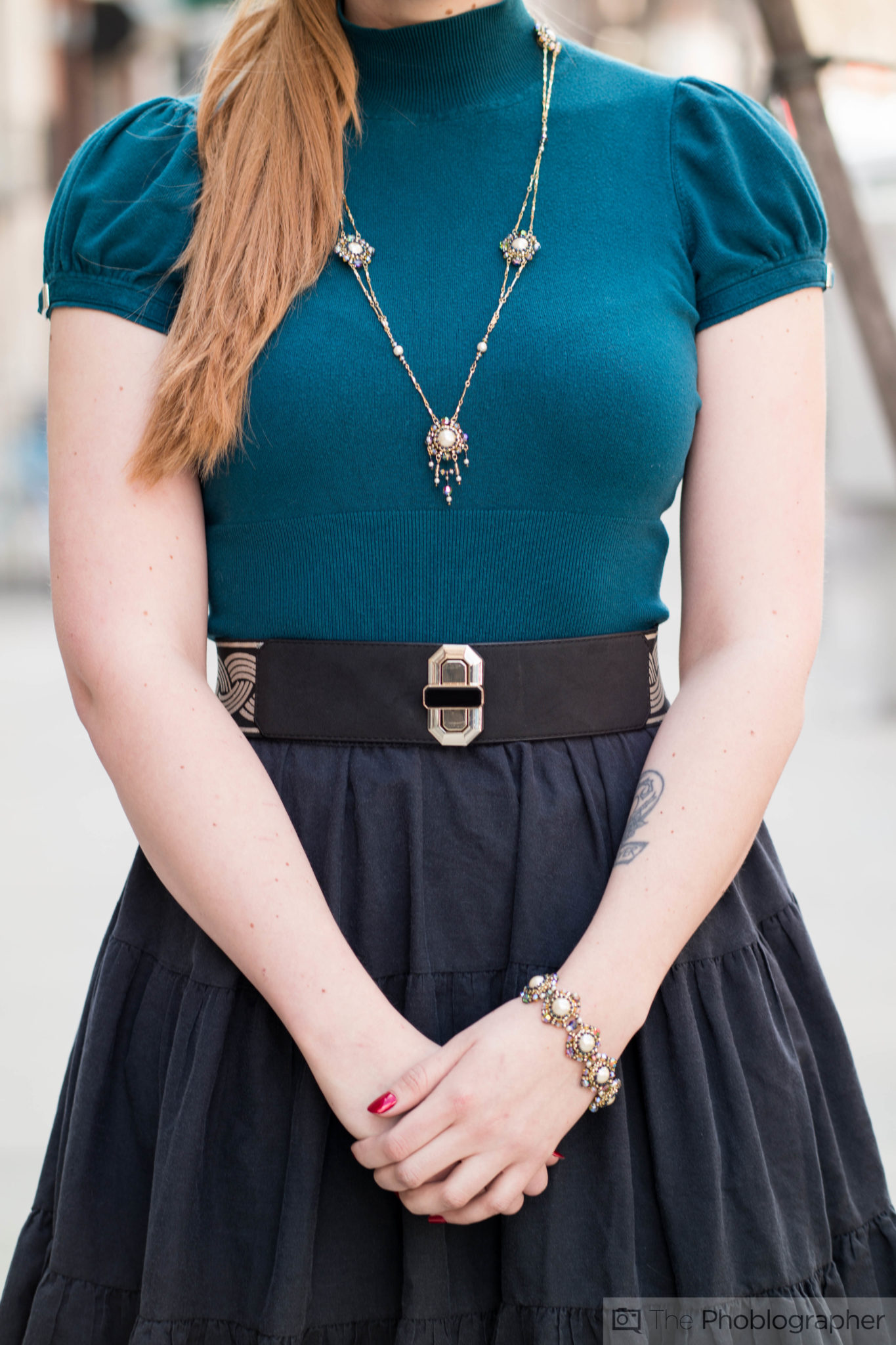
Depending on how they want to be portrayed, you may tell them to suck in or not.
Note which leg they put more weight on and which is slightly longer
Like the shoulders, everyone has a slightly longer leg and this can be determined by a bend in the knee. Generally, the foot on this leg is placed a bit forward to make the scene look a bit more natural.
Conceptualize a pose
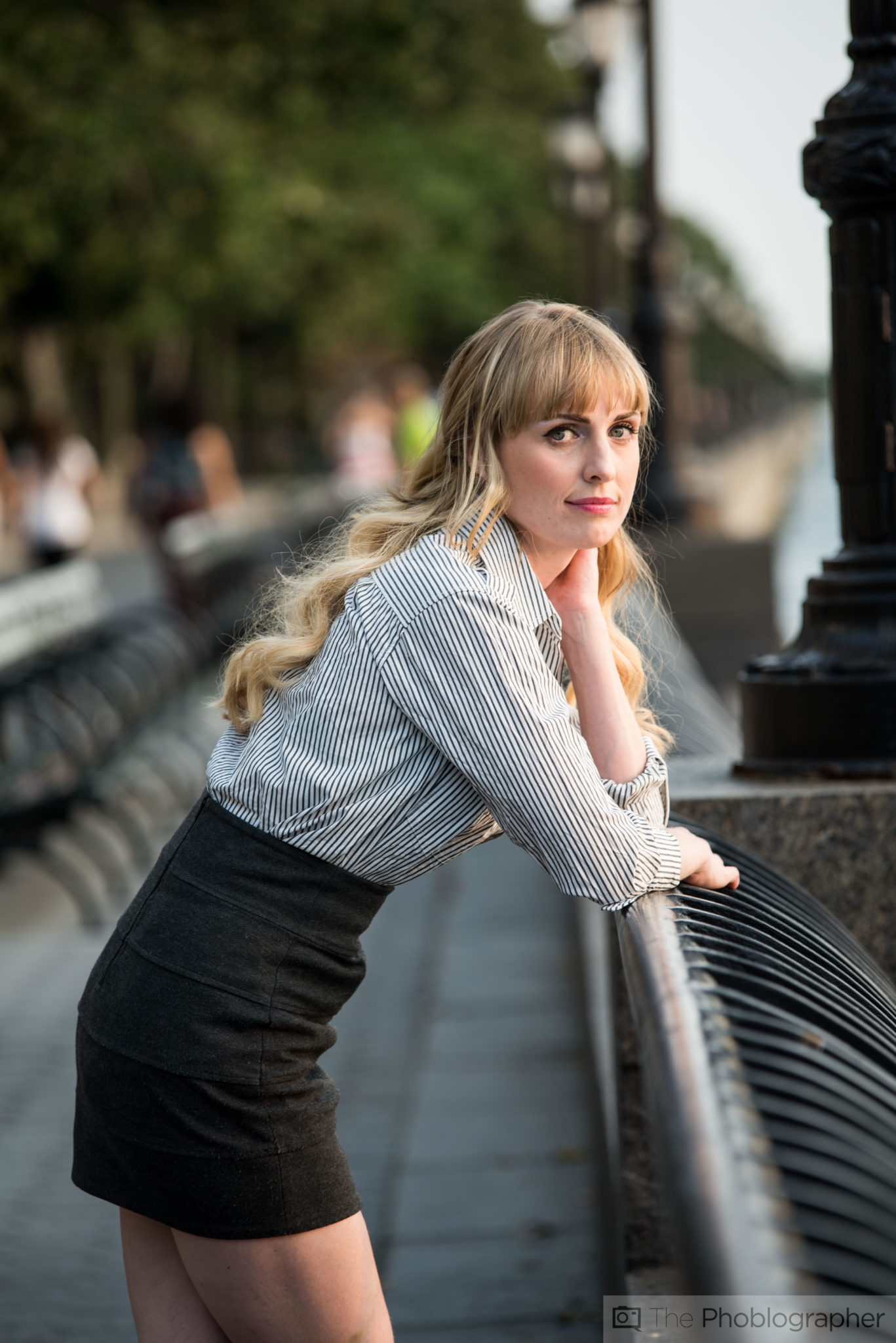
Yeah…you’re on your own with this one. Pinterest is a great place to find new posing ideas.
Show them the pose (It helps if you do it yourself)
Don’t be shy. It’s much easier to show them the pose especially since most people are visual thinkers.
Adjust them accordingly based on what you noted
After posing them, compensate for the notes you took on shoulder height, leg length, core, chin, etc.
Use psychology to get them to generate an actual emotion
If you want someone to laugh and make them look like they’re having a great time, tell them that joke about why gorillas have big fingers–because they have big nostrils!


